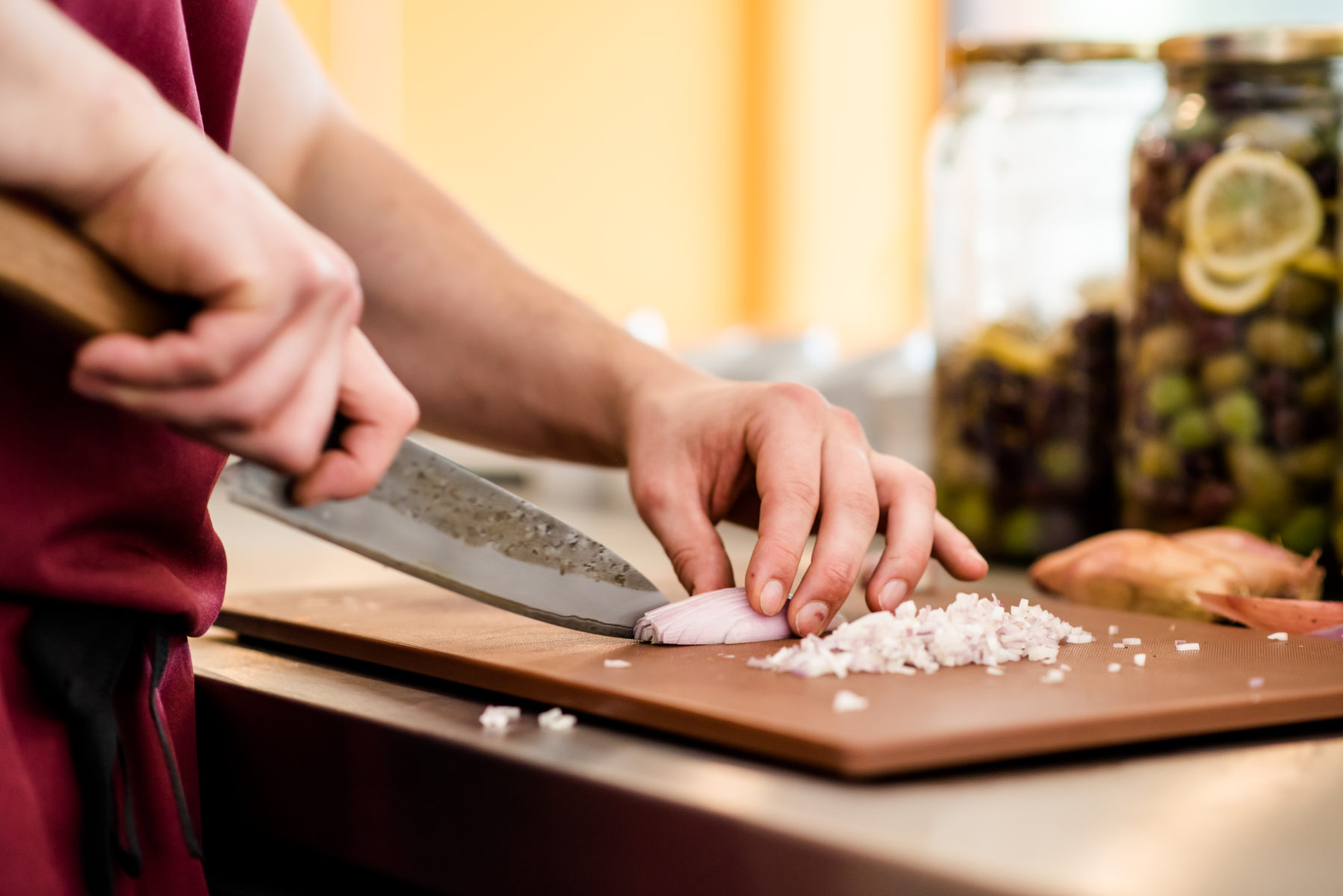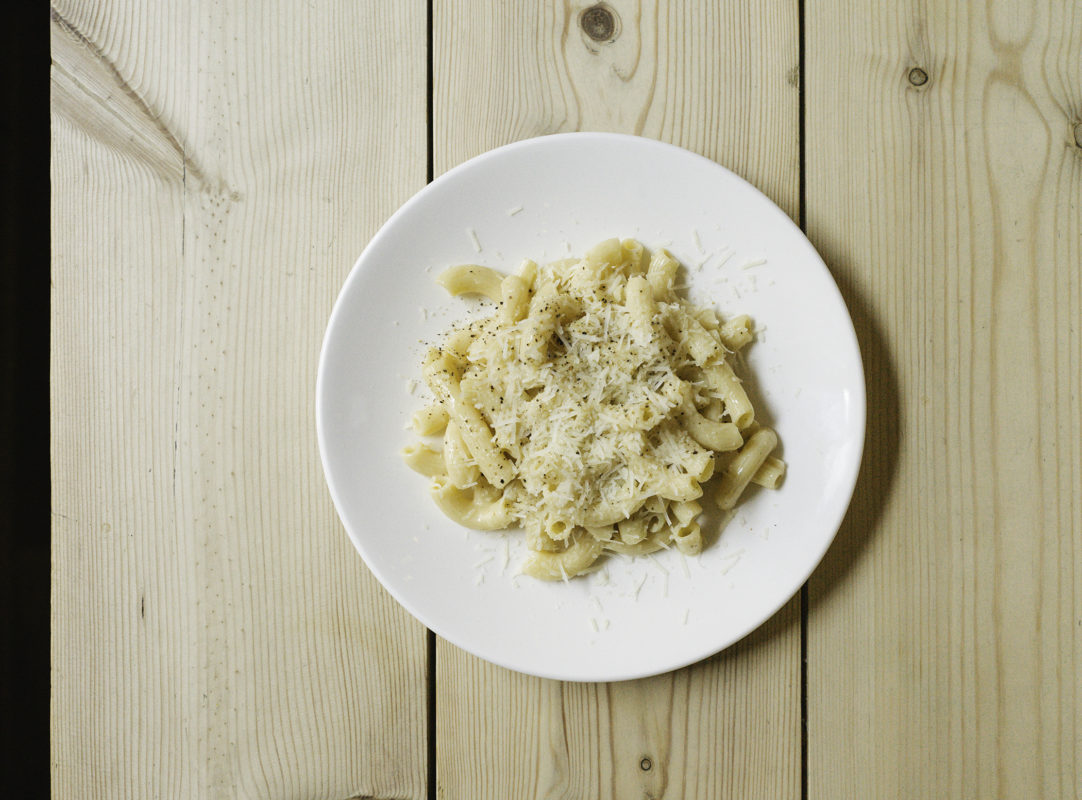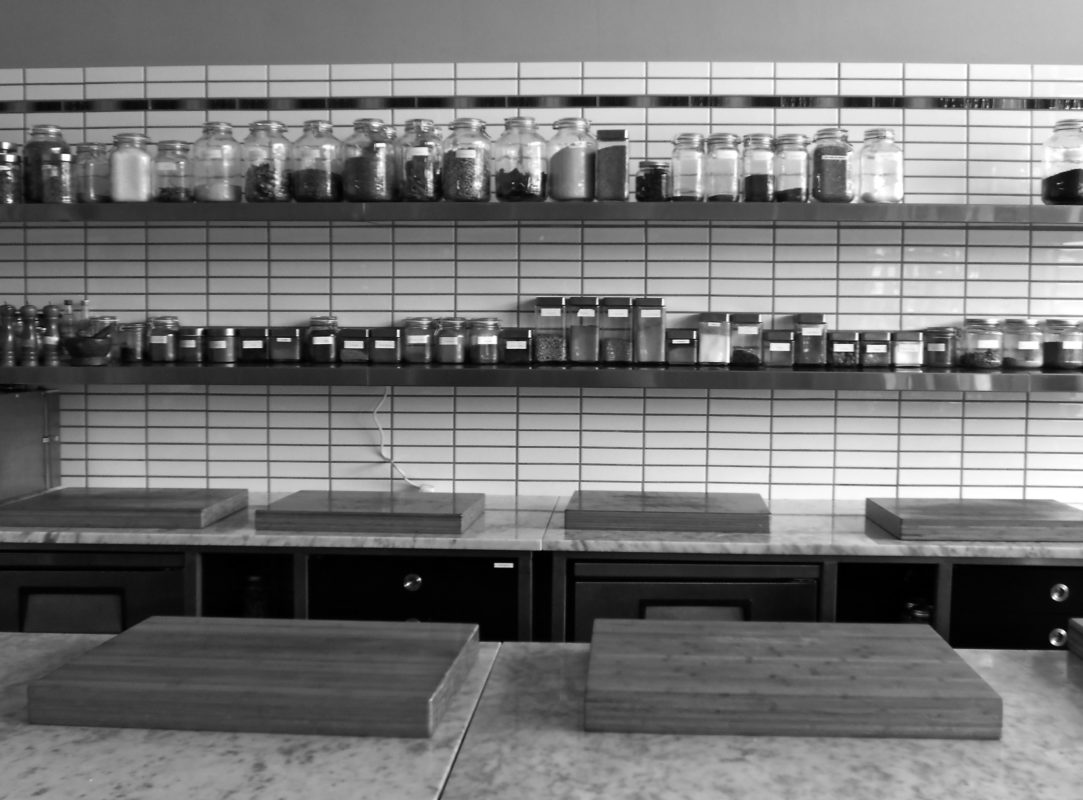October 30, 2019
Learn Knife Skills
How to Chop like a Pro


To learn knife skills. Always put on the backburner, isn’t it? We focus on trying to whip up something nifty in the kitchen, but don’t think about how much quicker and easier it would be if our knife skills were just a bit better…
It can be pretty exasperating to watch chefs on telly, making easy game of a bunch of coriander, or reducing a carrot to regular, pound-size circles in seconds (whilst making eye-contact with the camera lens, we might add…#showingoff)
And yes, to learn knife skills take practice. There’s no getting away from that. But there are also a few sneaky techniques you should know, to start you on the right path to culinary greatness (slash, being able to chop an onion quickly enough to prepare a Jamie’s 15 Minute Meal recipe in under half an hour…)
We spoke to Yanni, Head Chef at the newly opened pasta restaurant Sarto, in Munro House, to get some insider knowledge on the chopping game and muster some tips about how to buy the right knife in the first place.
Treat yourself to a good knife.
Really rubbish blades are doing you no favours, but similarly, there’s no such thing as ‘the perfect knife’ – so much depends on what feels comfy in your hand.
“I like to use a Gyuto, a Japanese adaptation of the classic French cook’s knife. It literally means ‘beef sword’ in Japanese! Its blade is slimmer than traditional western knives, and it’s designed to make light work of slicing, dicing and filleting raw meat and fish.”
Comfort is crucial – but there are a few basics you need to keep in mind for buying a quality knife –
• material
• length of blade
• handle comfort
Material
The best materials for your knife’s blade are stainless steel and high carbon steel. High carbon steel is sharper, but more brittle – it will break if dropped. It will stay sharper for longer, though, so you need to balance out your desire for sharpness with your tendency to be clumsy. Hard times.
“I prefer a high carbon steel. My day-to-day knife is an ‘ultra-high carbon steel’ – Aogami No.1, which translates as ‘blue steel’. The knife itself is triple-layered with the high carbon layer sandwiched between the two softer layers. This results in an extremely durable blade, with a harder central layer which holds its sharpness, and a softer steel layer that protects and strengthens the central core, getting the best of both worlds.”
Length of Blade
The ideal blade length is usually 8-10 inches, depending on your preference, and the size of your hand. Use small paring knives for paring – not for tackling carrots etc!
Handle Comfort
For handle comfort, just make sure the blade feels balanced and comfortable in your palm, when you hold it properly (described below).
Hold your knife properly!
A good basic grip is the pinch grip. Grip the blade between thumb and forefinger, just as the handle ends and blade begins. The middle finger, ring and little finger all grip the handle. This means you have ultimate control over the knife, and the handle should nestle comfortably in your palm.
“When using the knife for more precise slicing I like to use a pinch grip, where you grip the top of the blade with your thumb and forefinger. This results in a more controlled action and the weight of the knife sits perfectly in your hand.”
Sharpness is key.
A blunt knife is useless! You should be able to effortlessly glide through a tomato – if not, it needs a sharpen! A blunt knife is also much more dangerous than a sharp one – because you’re putting loads more force behind it, and you’re more likely to lose control of it whilst chopping.
A quality blade stays sharp for a long time. If yours isn’t quality, just keep sharpening it – with a whetstone (the best way, but learn how to use it with a cheap knife first!), a sharpening steel, or if you have no confidence in sharpening – a pull-through sharpener.
“I use a ceramic steel for day-to-day honing. It’s less harsh on the blade than a traditional diamond steel. For maintaining the knife’s edge, I use a whetstone once a month.”
 Yanni in the kitchen
Yanni in the kitchen
 cut round things so that you have a flat surface to work with
cut round things so that you have a flat surface to work with
 draw your knuckles back to keep your fingertips out of harm's way
draw your knuckles back to keep your fingertips out of harm's way
 use the right size knife for the job!
use the right size knife for the job!
Cutting Technique:
Keep the tip of your knife on the cutting board.
There are different techniques, but probably the easiest way to chop more accurately, more quickly and more professionally is to keep the tip down on the board, for control – just lift the handle end, draw the tip back along the board, and glide forwards.
Learn to chop by making everything flat first
Don’t learn to chop by gripping round, cylindrical things. Always give them a flat, solid base first. So, cut your onion in half and put the flat side on the board, chop your carrot in half lengthways first, etc. It’s much easier to hone your skill this way (and is also just good chopping technique).
Chop away from you
Lift the heel of the knife in your palm, leaving the blade tip down on the board, and put your chopping efforts into sliding away from you and down – not just down, or down and backward. This can be hard to understand, but when you finally ‘get it’, you’ll find chopping so much easier! Instead of chopping backwards, towards you, pull the blade right back to begin with (put the blade tip right up close to what you’ll chop), and slide the knife away from you, dropping the handle downward toward the board as it glides forward.
Try with a carrot. Lift the knife, drawing the tip of the blade toward the carrot on the board. Now, slide your hand away from you and down, toward the board, chopping through the carrot. Lift the heel of the knife, draw back the tip of the blade to meet the carrot again, and repeat.
Hide your knuckles!
Never hold something with your fingers outstretched toward the blade’s edge. Instead, roll the item back into your palm, so that only your knuckles are exposed to the blade. They can graze the blade as it moves up and down, as you shouldn’t be lifting the blade so far that your knuckles are exposed to its cutting edge. This is how chefs can chop something without even looking at it – check it out next time you’re watching a chef on the TV! The speed at which you draw your knuckles back around the food stuff you’re chopping determines the thickness of what you are slicing.
Chopping boards are for chopping
Duh. But it’s all too easy to leave all your prepped veg on the board with you, crowding you out and stealing valuable chopping space. Use a bowl or two to get your chopped ‘mis en place’ out of the way whilst you get everything ready to go.
Yanni, or Ian Chapman, has been a chef for 6 years. Starting off as a pastry chef apprentice at Salvos, he became one of the main chefs at The Reliance, and taught himself how to make pasta. Then Dave Olejnik found him…and it’s been Sarto ever since!
Sarto is an informal restaurant based on the edge of Quarry Hill, just beyond the bus station, in Munro House. A collaboration between two existing Leeds indie foodies – Dave Olejnik, founder of Laynes Espresso, and the team behind The Brunswick – this is a new opening to trial as soon as you can! With a focus on homemade pasta, given a local twist, Sarto is currently serving up some of the best pasta Leeds has to offer. Get yourself booked in!





